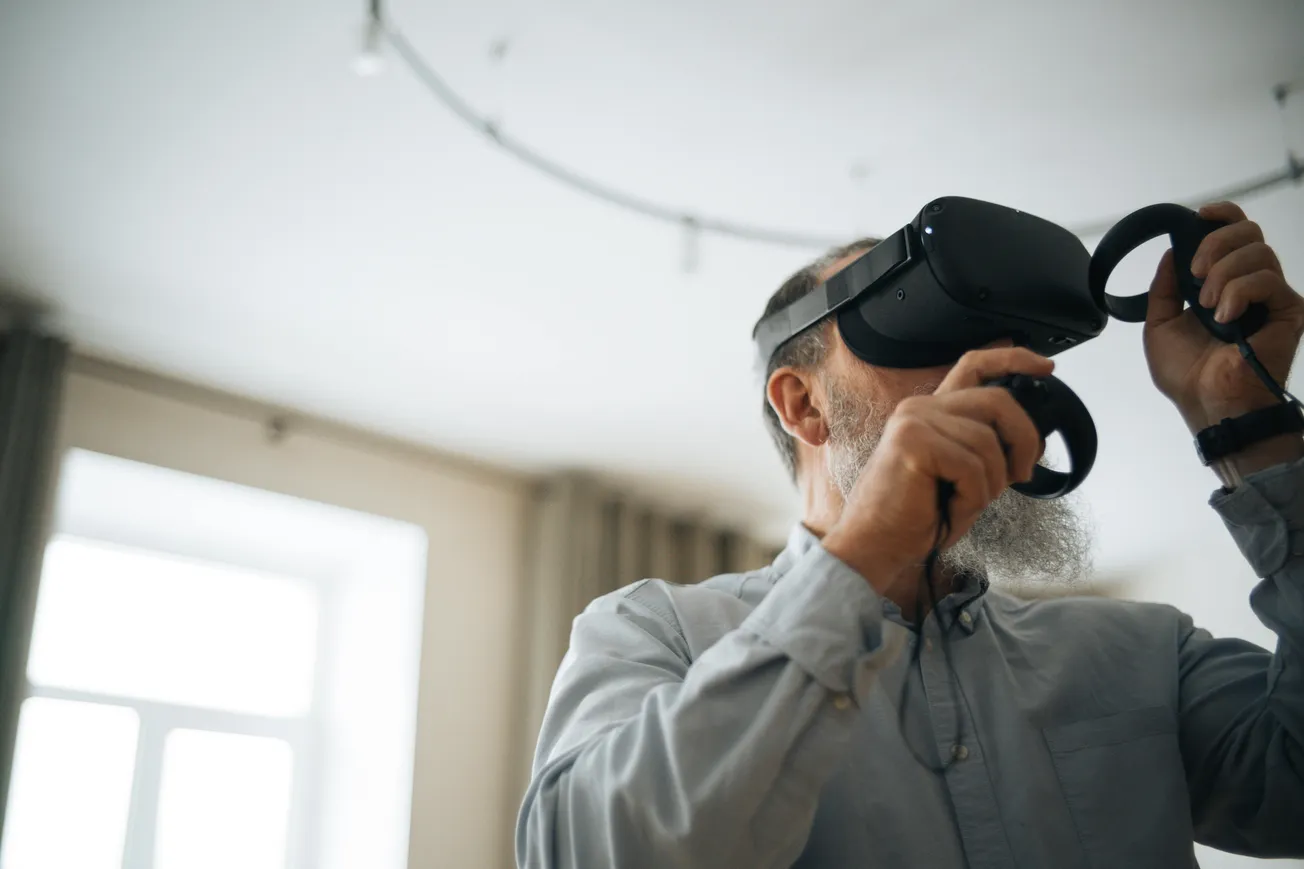The landscape of marketing is evolving quicker than ever, and one trend that stands out is the critical role of video.
A recent study by Teads and MMA Global reveals that video has transitioned from merely a supplemental strategy to becoming the cornerstone of marketing campaigns in 2025. With insights gathered from over 100 industry professionals, the report outlines the significant influence video has in reaching audiences and ensuring business success across various sectors.
48% of marketers now classify video as their most vital strategy, and 90% are prepared to increase their video budgets next year. In this article, we'll delve into the key findings of this study to understand how video marketing will shape the future.
The Ascendancy of Video
According to the study, nearly half of all marketers see video as their essential tactic. Industries such as manufacturing (64%), financial services (59%) and retail (58%) lead the charge in video applicability.
This elevation of video media is not just qualitative; quantitative indicators reveal substantial increases in marketing budgets across the board.
More than 90% of respondents expressed intentions to either maintain or escalate their spending on video, with 62% enacting slight increases and 30% anticipating significant boosts.
However, there’s a balancing act at play.
While 70% of marketers use video for storytelling, only 27% believe they are effectively merging brand awareness with performance. It indicates a pressing need for a strategic alignment of goals.
Connected TV: The New Frontier
Connected TV (CTV) is emerging as a powerhouse within the video marketing strategy. Marketers now regard CTV as a primary channel for reach, targeting and brand safety rather than traditional linear television.
Alongside these advancements, the integration of generative AI into the marketing mix is on the upswing, as 70% of marketers are currently leveraging generative AI for content creation.
AI isn't just limited to production; 45% also utilize it to analyze creative performance, while 42% harness its power for audience insights.
Navigating Measurement Challenges
Despite the positive trends, significant hurdles remain. 50% of marketers report difficulties in gauging video effectiveness across multiple screens, which complicates the attribution of ad exposure to business results.
This measurement challenge highlights an area that needs improvement, pointing to the need for more advanced analytics and tracking methodologies.
Concluding Thoughts
The findings of the study provide crucial insights for marketers navigating the evolving landscape. As video cements its position at the heart of marketing strategies, brands must embrace both the technology and the strategy to capitalize on its full potential.









